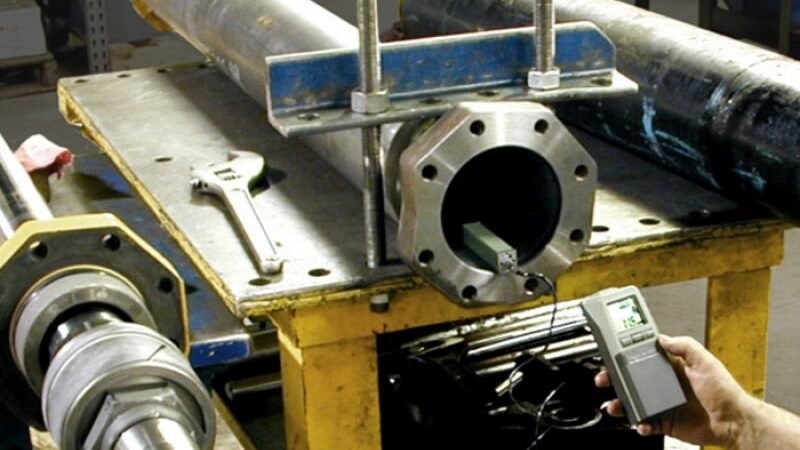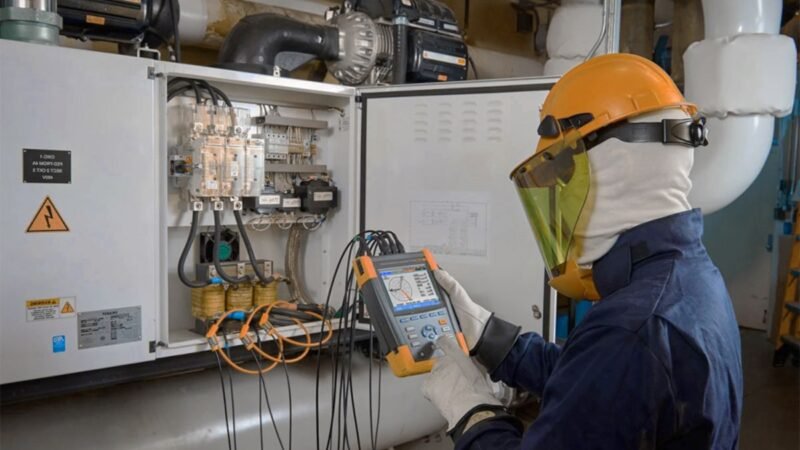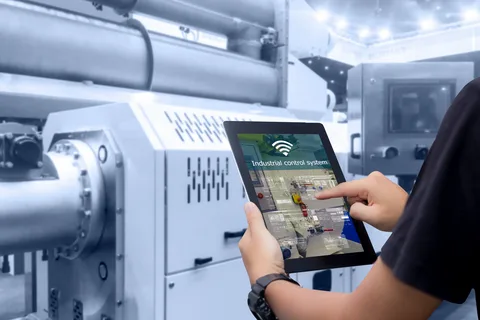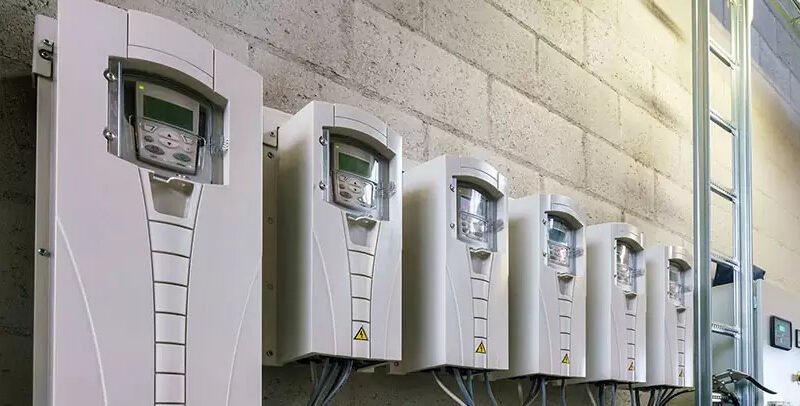Nowadays, pests and insects are any organisms, animal that create an annoyance situation for human…
Mastering The Art Of Ph Calibration: Unlocking The Secrets To Accurate Measurements
Have you ever wondered how scientists and researchers obtain precise pH measurements in various fields, from chemistry labs to water treatment facilities? The answer lies in a crucial process called PH calibration.
In this comprehensive guide, we’ll delve into the world of pH calibration, demystify its importance, and equip you with the knowledge to achieve accurate pH measurements in your own experiments. So, let’s dive in!
Understanding pH Calibration
Before we explore calibration, let’s quickly review what pH actually means. pH is a measure of the acidity or alkalinity of a solution. It is determined by the concentration of hydrogen ions present in the solution. The pH scale ranges from 0 to 14, with 7 being neutral. Solutions with a pH less than 7 are acidic, while those with a pH greater than 7 are alkaline or basic.
pH calibration is the process of adjusting and verifying the accuracy of a pH meter or electrode by comparing it to known pH standards. This ensures that the meter provides reliable and consistent readings. Calibration is essential because pH meters can drift over time due to factors such as electrode aging, temperature changes, or exposure to chemicals.
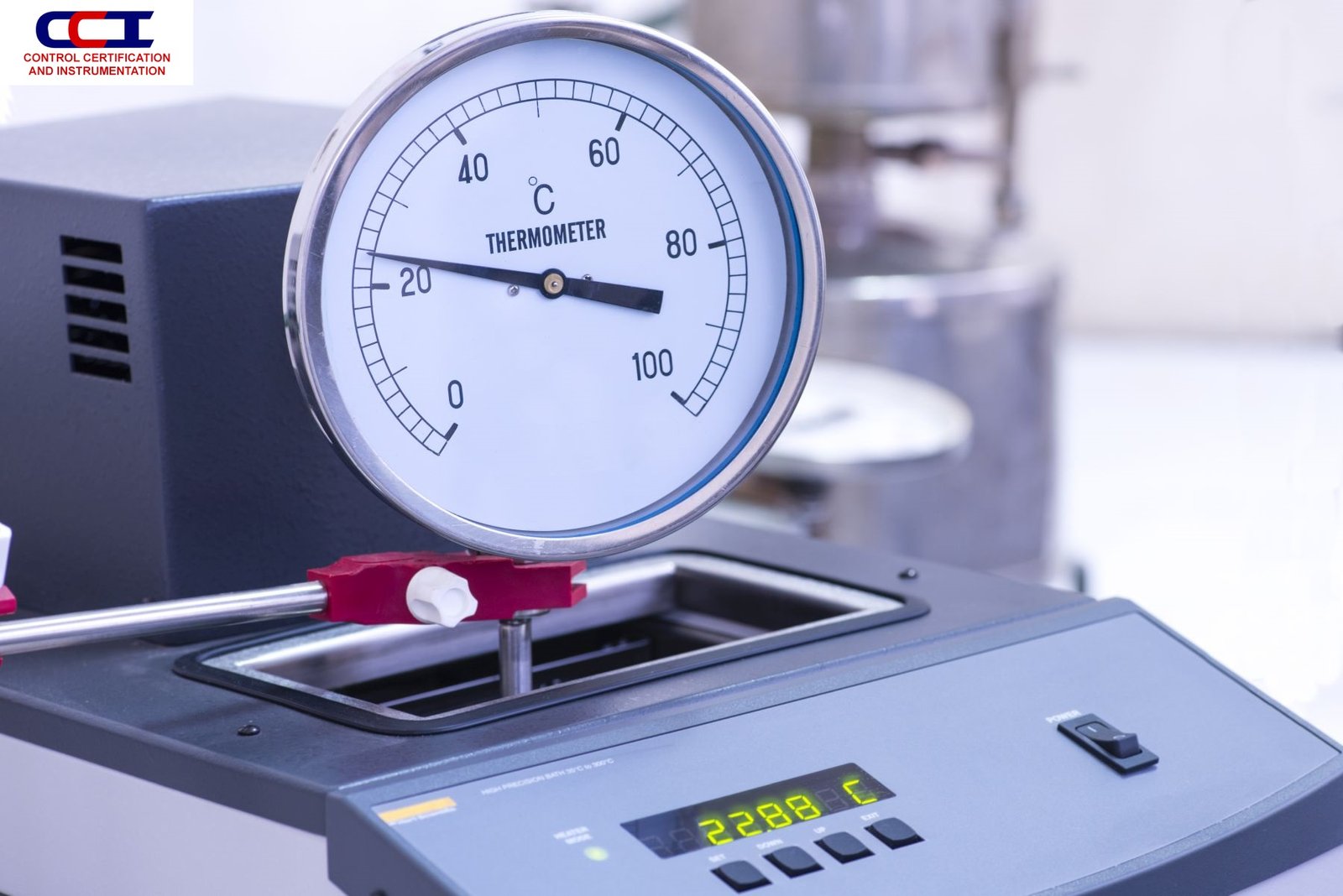
The pH Calibration Process
Now that we have a basic understanding of pH calibration, let’s walk through the step-by-step process:
Step 1: Gather the necessary materials
Before starting the calibration, gather the following items:
- pH meter or electrode
- pH calibration solutions (pH 4, pH 7, and pH 10 are commonly used)
- Clean beakers or cups
- Distilled or deionized water
Step 2: Prepare the pH meter
- If your pH meter has been stored or unused for a while, ensure it is clean and in good condition.
- Turn on the meter and allow it to warm up, if required, as per the manufacturer’s instructions.
Step 3: Calibration
- Start with the pH 7 calibration solution:
- Rinse the electrode with distilled or deionized water.
- Immerse the electrode in the pH 7 solution and wait for the reading to stabilize.
- Adjust the meter if necessary to obtain a pH reading of 7.
- Proceed with the pH 4 calibration solution:
- Rinse the electrode with distilled or deionized water.
- Immerse the electrode in the pH 4 solution and wait for the reading to stabilize.
- Adjust the meter, if required, until it reads pH 4.
- Complete the process with the pH 10 calibration solution:
- Rinse the electrode with distilled or deionized water.
- Immerse the electrode in the pH 10 solution and wait for the reading to stabilize.
- Adjust the meter, if necessary, until it shows pH 10.
Step 4: Rinse and verification
- Rinse the electrode with distilled or deionized water to remove any residual calibration solution.
- Check the pH meter reading using a neutral pH solution (pH 7). It should provide a reading close to 7. If not, repeat the calibration process.
Tips for Successful pH Calibration
To ensure accurate pH measurements, keep these tips in mind:
- Frequency: Regularly calibrate your pH meter before each use or as recommended by the manufacturer.
- Storage: Store the pH meter in a clean and dry environment, protected from extreme temperatures and direct sunlight.
- Handling: Handle the electrode carefully, avoiding excessive force or contact with sharp objects.
- Hygiene: Rinse the electrode with distilled or deionized water before and after each measurement to prevent cross-contamination.
- pH Standards: Use fresh pH calibration solutions and ensure they are not expired.
Final Thoughts
Congratulations! You’ve now mastered the art of pH calibration. By following the steps outlined in this guide and incorporating the tips provided, you can confidently achieve accurate pH measurements in your experiments.
Remember, Ph Calibration is crucial for obtaining reliable results and maintaining the integrity of your scientific endeavors. So, embrace the world of pH calibration and unlock the secrets to precise pH measurements!








